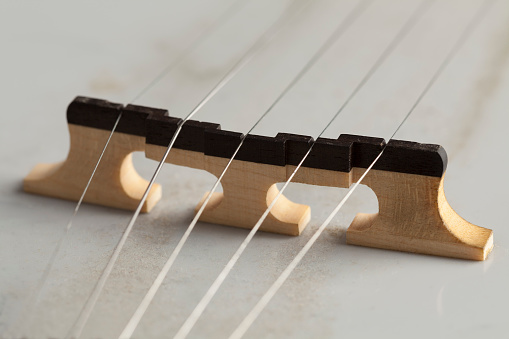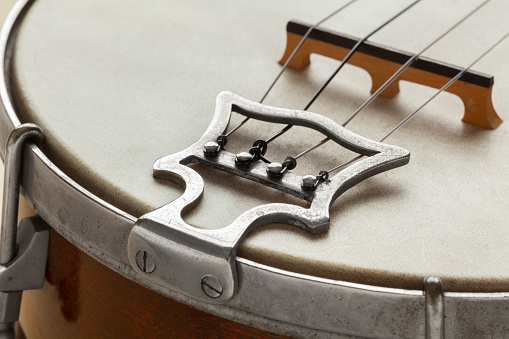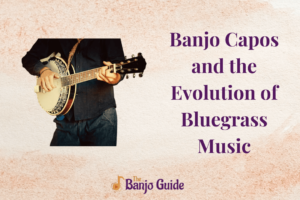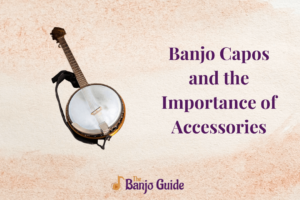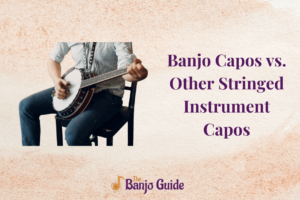The bridges of Banjo do exactly as the name of it suggests. They form bridges for the strings for passing over the head of the banjos & transmit sound from the strings into the head of the banjos. Bridges are found available at various heights & they’re measured in imperial measurement.
Do banjos have a bridge?
The placement of the bridge is very important for getting the best sound from your banjo of yours. The intonation of the instrument is improved by the bridge which is referred to as the “sweet spot” that is on the head of the banjo.
Banjo Intonation
The Banjo intonation is affected by your bridge’s position. There’s a rule. It is that this bridge is positioned upon the head of the Banjo twice the distance from the nut’s inside to the twelfth fret. On a Banjo of five strings, the bridge is usually positioned square.
On plectrum and tenor banjos, it helps intonation by setting the bridge at one slight angle that gives the heavier fourth gauge string a great distance as compared to the plain thinner first string. This bridge should sit square and flat and make full contact with your banjo head.
Shape of Bridges
Modifications to the bridge shape can alter The banjo’s sound. For example, if you ‘thin’ the bridge by sanding, it will give the bridge less contact with the Banjo head &there will be a ‘snappier’ and brighter stone. Many uke and plectrum banjo players exercise this. Unwanted overtones and harmonics can be suppressed sometimes as you sand the bridge thinner at the end of the treble.
Action, Tone, and Volume
Changing the bridge will affect and alter the volume and tone of the banjo. It also may alter the banjo’s action. The action refers to the distance the strings remain from the instrument’s frets. It will be easier for the strings to get pressed down when there is a low action. But the action shouldn’t be set too low as you will get fret buzz if done so.
The simple rule in general is, a low bridge equals to high bridge with a low volume that equals more volume. The most popular and optimum bridge height is 5/8”.
Some novice players may think that the bridge’s height is used for setting the banjo’s action. But actually, it’s not the case. That action is set as you adjust the angle of the neck on a Banjo. In some cases, when the neck angle of the banjo can’t be adjusted, the only way of changing the banjo’s action is to try altering the bridge’s height.
If you want to shop for a bridge, realize that the ability to play is more important as compared to the tone or sound. You should be capable of changing the bridge of a Banjo & setting the intonation as it will eventually help you to be self-dependent while using the instrument.

I own a music instruments shop. My go to instrument is a banjo. My business makes it easier for me to access the instruments from various brands and of various types. I will give my honest opinion here to help out others in choosing the right instrument for them.

